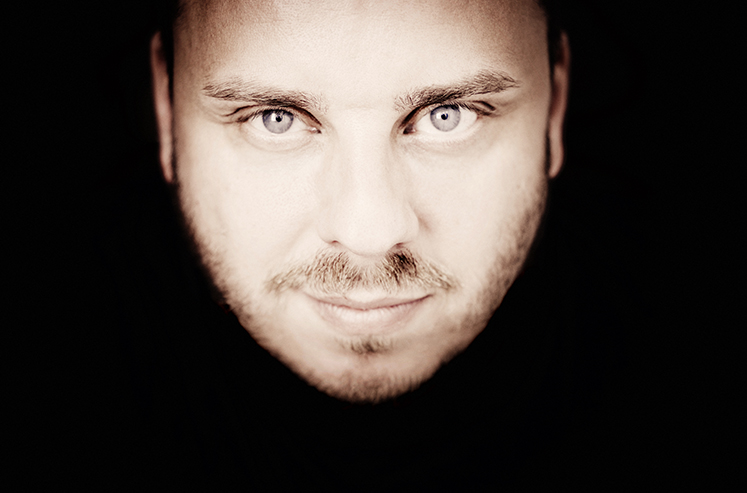Over the weekend, the Dallas Symphony Orchestra performed one of the most impressive concerts of their season so far, and possibly my favorite. The program, which was presented just twice (on Thursday and Saturday nights), featured a familiar symphony by Mozart and a concert version of Béla Bartók’s one-act opera, Bluebeard’s Castle. DSO Music Director Jaap van Zweden, returning to the podium after a month-long break due to chronic problems associated with a shoulder injury, conducted the performances.
Mozart’s Symphony No. 25 is often called the “Little G Minor” symphony. It is commonly found used as an example in Music Appreciation classes or on a cheap CD of Mozart’s greatest hits. What made last weekend’s performance of this overly familiar piece so enjoyable was careful attention to detail and a hefty infusion of personality. Jaap van Zweden might not have been physically conducting over the last month, but he clearly spent much of his “off” time mentally preparing and working through new ideas and interpretations. He also prepared the orchestra beautifully last week; they executed his very specific interpretive ideas for this symphony beautifully.
Mozart’s music is often approached with classical elegance and reserve. That was not van Zweden’s take on the composer’s style last week. Mozart was just 17 years old when he wrote this music, and on Thursday night, Jaap van Zweden tapped into the youthful, energetic angst embedded in this piece. He chose to greatly exaggerate dynamic contrasts and tempo changes, which brought a fresh vitality to the piece as a whole.
The symphony’s first movement opens with a punchy, syncopated rhythmic motive that infuses a rather simple string melody with a restless drive. The strings rush forward with abandon until a solitary oboe interrupts their momentum with a languid tune of its own. On Thursday night, the strings performed their part with palpable energy and careful precision and soloist Erin Hannigan projected a rich, buttery tone from her oboe. Throughout the piece, this kind of meticulous execution and dramatic push and pull worked to great effect.
On paper, the pairing of Mozart’s “Little G Minor” symphony with Bartók’s hyper-expressionistic opera seemed a bit arbitrary. But in person, van Zweden’s vivid, almost romantic take on Mozart’s music made it the perfect overture to Bartók’s dramatic opera.
Clocking in at just around an hour and requiring a limited cast of just two soloists, Bluebeard’s Castle adapts easily to a concert setting. Michelle DeYoung and Matthias Goerne, singing in Hungarian with English supertitles, were fantastic in their roles as Judith and Bluebeard respectively. DeYoung’s powerful, bubbling mezzo-soprano voice was beautiful and arresting from start to finish. Goerne’s deep, consistently smooth sound was the perfect counterpart to DeYoung’s sound.
The plot of this opera is straightforward enough: Judith and Bluebeard eloped and have just arrived at Bluebeard’s castle. Judith is naïve, curious and blindly in love with her new husband. She becomes determined to discover what lies behind each of the many locked doors in his castle. But some men’s secrets are darker than others, and Bluebeard’s are particularly bloody and murderous. The suspense grows as each door is opened and Judith’s inevitable fate slowly revealed.
What makes this opera so accessible is that there are familiar human emotions at play. DeYoung in particular did a brilliant job not only of projecting her voice above the busy orchestral accompaniment, but also of projecting a wide range of relatable emotions. Desire, love, suspicion, fear, regret – each were portrayed with subtlety and believability. Goerne took a different, more reserved and dramatic approach. But if he came across as cold or calculating, those qualities only added to the opera’s macabre undertones.
This program was entertaining and satisfying from start to finish. It was easy to sit back and enjoy the gorgeous sounds coming from the stage because all the musical details had been worked out and were in sync. Both the soloists and the orchestra gave highly sophisticated musical performances. But perhaps more importantly, they performed the entire program with the kind of intangible, emotional presence that connects them to their audience.






